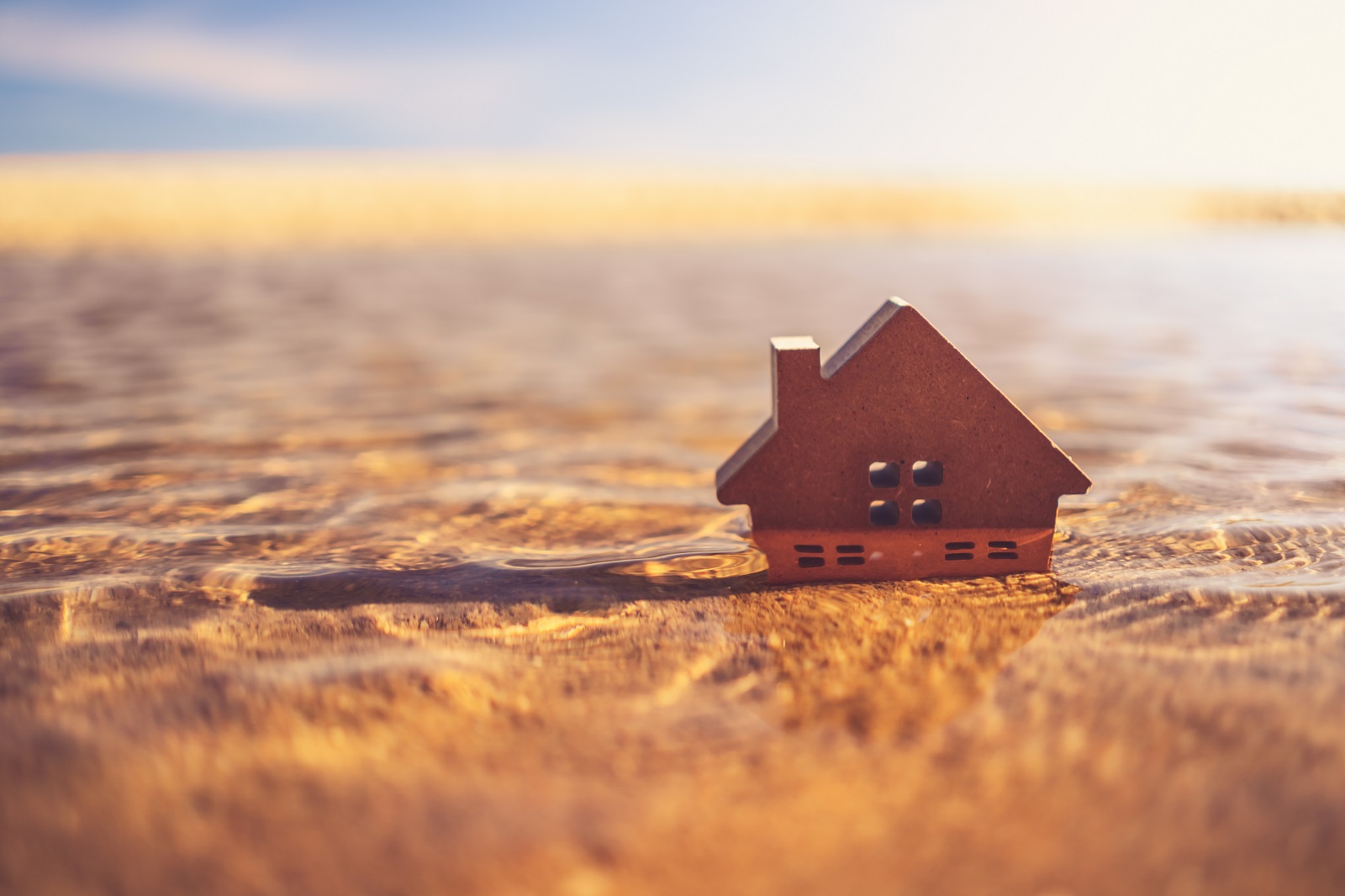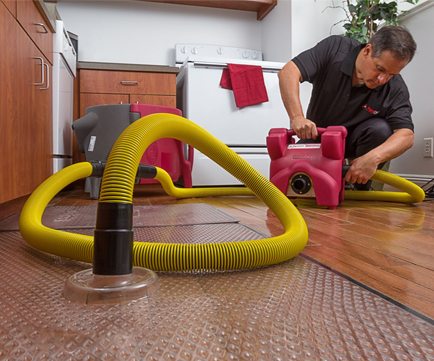Table of Contents

Natural disasters can strike without warning, leaving destruction and chaos in their wake. Whether it’s a hurricane, earthquake, flood, or wildfire, the aftermath can be overwhelming. Knowing what to do immediately after a natural disaster can make a significant difference in ensuring your safety and beginning the recovery process. Here’s a comprehensive guide on the crucial steps to take right after a natural disaster.
Ensure Your Safety
- Check for Injuries:
- Assess yourself and those around you for any injuries. Administer first aid if needed and call for medical assistance if injuries are severe.
- Assess yourself and those around you for any injuries. Administer first aid if needed and call for medical assistance if injuries are severe.
- Avoid Hazards:
- Be aware of your surroundings. Avoid downed power lines, flooded areas, and unstable structures. Natural disasters often leave behind hidden dangers like gas leaks or contaminated water.
- Be aware of your surroundings. Avoid downed power lines, flooded areas, and unstable structures. Natural disasters often leave behind hidden dangers like gas leaks or contaminated water.
- Evacuate if Necessary:
- If authorities have issued evacuation orders, follow them promptly. Take your emergency kit and important documents. If you’re in a safe location, stay put until it’s confirmed that it’s safe to leave.
Communicate and Stay Informed
- Contact Loved Ones:
- Let your family and friends know you are safe. Use text messages or social media to avoid overloading phone lines.
- Let your family and friends know you are safe. Use text messages or social media to avoid overloading phone lines.
- Monitor News and Alerts:
- Stay tuned to local news or emergency alerts for updates and instructions. Use a battery-powered or hand-crank radio if the power is out.
Assess Your Home and Property
- Check for Structural Damage:
- Once it’s safe, inspect your home for any structural damage. Look for cracks in the foundation, walls, and roof. If you suspect damage, don’t enter until a professional has assessed it.
- Once it’s safe, inspect your home for any structural damage. Look for cracks in the foundation, walls, and roof. If you suspect damage, don’t enter until a professional has assessed it.
- Turn Off Utilities if Necessary:
- If you suspect gas leaks or electrical damage, turn off the utilities to prevent further hazards. Do not turn them back on until a professional has inspected and deemed it safe.
- If you suspect gas leaks or electrical damage, turn off the utilities to prevent further hazards. Do not turn them back on until a professional has inspected and deemed it safe.
- Document the Damage:
- Take photographs and videos of the damage for insurance purposes. Detailed documentation will help when filing insurance claims.
Begin the Cleanup Process
- Remove Debris Safely:
- Wear protective clothing, gloves, and masks to avoid injury and exposure to harmful substances. Be cautious of sharp objects and unstable debris.
- Wear protective clothing, gloves, and masks to avoid injury and exposure to harmful substances. Be cautious of sharp objects and unstable debris.
- Prevent Further Damage:
- If possible, make temporary repairs to prevent additional damage, such as covering broken windows or tarping a damaged roof. Keep receipts for any expenses related to these repairs.
File Insurance Claims
- Contact Your Insurance Company:
- Notify your insurance company about the damage as soon as possible. Provide them with the documentation you’ve gathered and follow their instructions for filing a claim.
- Notify your insurance company about the damage as soon as possible. Provide them with the documentation you’ve gathered and follow their instructions for filing a claim.
- Keep Detailed Records:
- Maintain records of all communications with your insurance company, including dates, times, and the names of representatives you speak with.
Seek Assistance
- Reach Out for Help:
- Utilize local resources and assistance programs. Many communities have emergency relief services, including shelters, food distribution centers, and financial assistance programs.
- Utilize local resources and assistance programs. Many communities have emergency relief services, including shelters, food distribution centers, and financial assistance programs.
- Apply for Federal Aid:
- If the disaster is declared a federal emergency, you may be eligible for assistance from FEMA (Federal Emergency Management Agency). Visit their website or call their hotline to learn about available aid.
Take Care of Your Mental Health
- Recognize Stress and Trauma:
- Experiencing a natural disaster can be traumatic. It’s important to acknowledge your feelings and seek support if needed. Talk to family, friends, or a professional counselor.
- Experiencing a natural disaster can be traumatic. It’s important to acknowledge your feelings and seek support if needed. Talk to family, friends, or a professional counselor.
- Stay Connected:
- Maintain communication with your support network. Sharing your experiences and staying connected can help you cope with the emotional aftermath.
Plan for the Future
- Review and Improve Your Emergency Plan:
- Reflect on what worked and what didn’t in your emergency plan. Make necessary adjustments to improve your preparedness for future disasters.
- Reflect on what worked and what didn’t in your emergency plan. Make necessary adjustments to improve your preparedness for future disasters.
- Strengthen Your Home:
- Consider making your home more resilient to natural disasters. This might include reinforcing your roof, installing storm shutters, or elevating your home in flood-prone areas.
- Consider making your home more resilient to natural disasters. This might include reinforcing your roof, installing storm shutters, or elevating your home in flood-prone areas.
- Restock Emergency Supplies:
- After the disaster, replenish your emergency kit. Ensure you have enough supplies to last at least 72 hours.
Conclusion
Natural disasters can be devastating, but knowing what to do immediately after can help you protect yourself, your loved ones, and your property. By staying informed, communicating effectively, and taking proactive steps, you can navigate the challenging aftermath of a natural disaster and start the journey toward recovery. Remember, preparation and knowledge are your best tools in the face of nature’s unpredictability.
Property Damage Restoration Services for Natural Disasters
Natural disasters can leave behind a trail of devastation, but you don’t have to face the aftermath alone. At PuroClean of Coral Gables, we specialize in comprehensive property damage restoration services to help you recover quickly and efficiently. Our team of certified professionals is ready to restore your home to its pre-disaster condition, ensuring your safety and peace of mind. Call us on +1 305 894-4343.
1. What is the first thing I should do after a natural disaster?
After ensuring your safety and the safety of your loved ones, the first step is to assess the immediate risks and damages. Avoid any hazardous areas, such as downed power lines or flooded regions. If you’re in a safe location, contact emergency services for help or guidance.
2. How do I determine if my home is safe to return to?
Wait for official clearance from local authorities before returning home. Even if the area appears safe, hidden dangers like gas leaks, structural damage, or contaminated water can pose significant risks.
3. What should I do if my home is damaged?
Document the damage with photos or videos as soon as it is safe to do so. Contact your insurance company to start the claims process. Avoid making permanent repairs until an insurance adjuster has assessed the damage, but take steps to prevent further damage, such as covering broken windows or roof leaks.
4. How can I stay informed about ongoing risks or recovery efforts?
Tune in to local news, radio, or official social media channels for updates. Make sure you have a battery-operated or hand-crank radio in case of power outages. It’s essential to stay informed about any ongoing risks, such as aftershocks, additional storms, or hazardous conditions.
5. What should I include in an emergency kit?
An emergency kit should include essential items such as water, non-perishable food, a flashlight, batteries, a first-aid kit, medications, important documents, and cash. Ensure that your kit is easily accessible and that all family members know where it is located.


 PuroClean of Coral Gables
PuroClean of Coral Gables